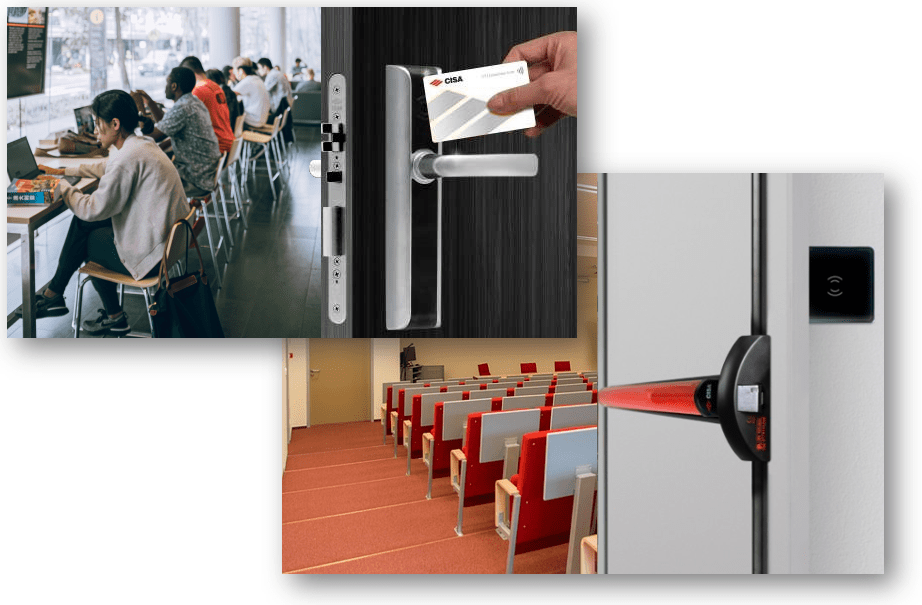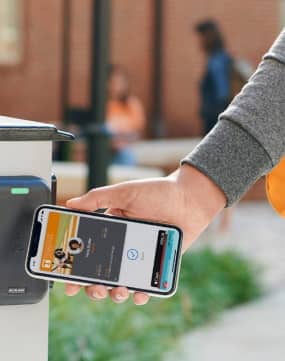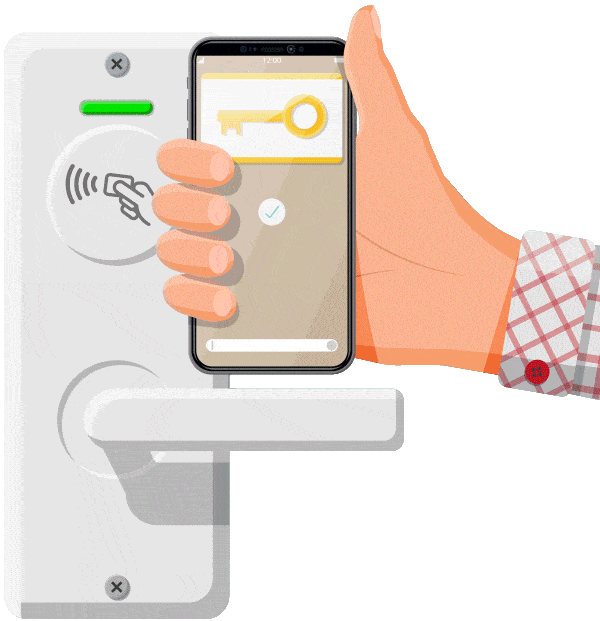
Access control, in fact, allows you to secure an environment while facilitating the daily routine of those who live there. In the United States, where this technology has already been around for a couple of years, many universities are moving, or have already moved, to keyless entry systems where everything is accessible via the campus ID.
Wireless devices are helpful in this transformation. Eliminating the need to run wires saves installation time and costs, enabling universities to connect more openings in less time. Introducing electronic access control systems is the first and most important step towards a keyless campus.




